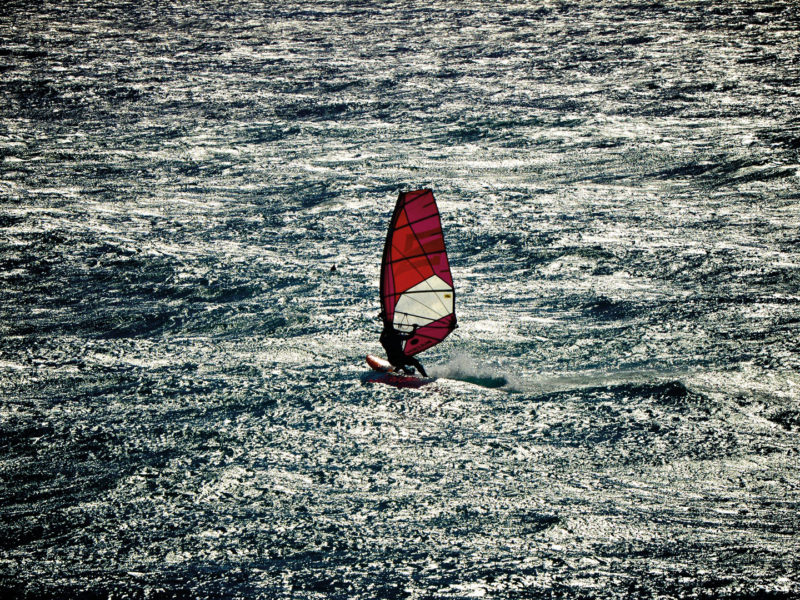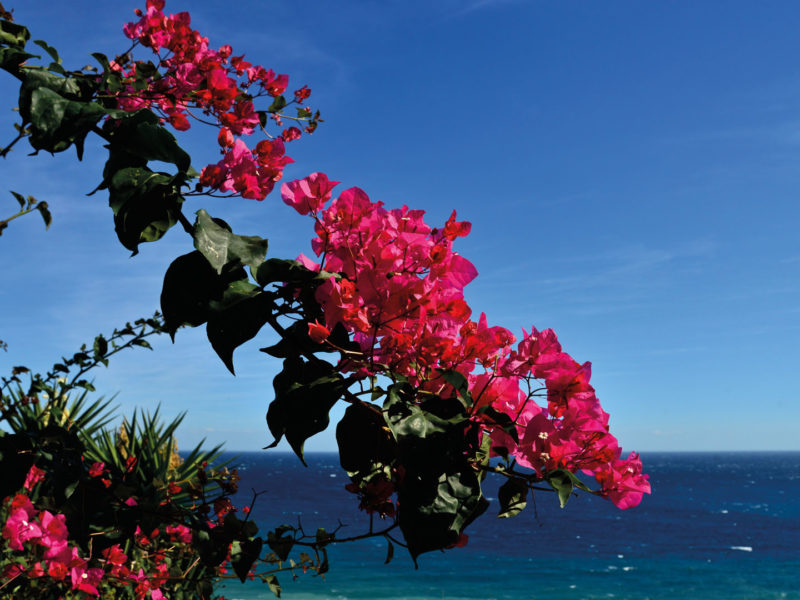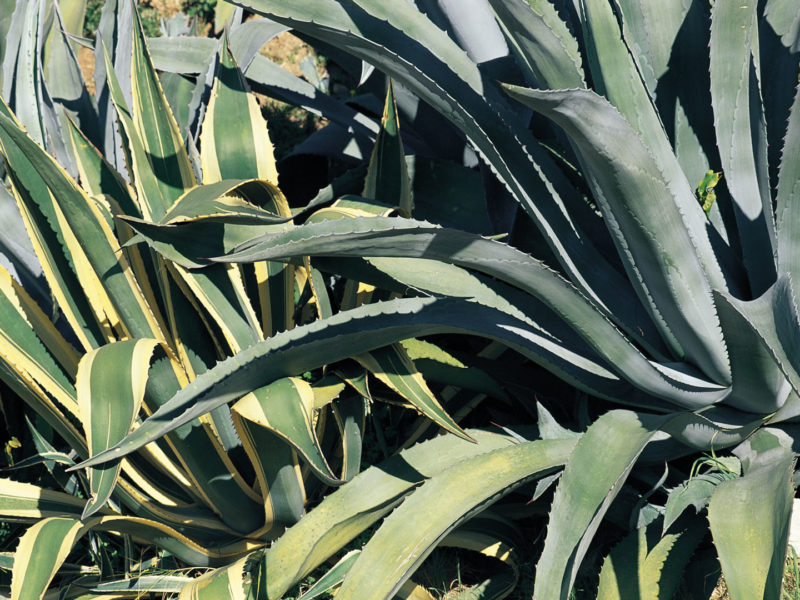

ABOUT BORDIGHERA
Bordighera has been a famous tourist destination since the second half of the nineteenth century. Its fame was partly due to the stories Giovanni Ruffini told about it in “Dr. Antonio”, a novel written to try to arouse the sympathy of England and France for the fate of Italy of the Risorgimento era. Following the publication of the novel numerous English tourists, also favoured by the construction of the railway line, chose the “City of Palms” for their winter stays. And they never missed to visit the “del Mattone” Inn, where the sweet Lucy, the protagonist of the narration, had received medical treatment. The inn is located just above the Giunchetto beach.
Not far away are the spontaneous, millenary and monumental palms and the extraordinary vegetation of the Beodo Path, the same that fascinated Claude Monet. In 1884, the French impressionist found an inexhaustible source of inspiration, thanks to which he made eternal and famous images of Bordighera and Dolceacqua, the medieval village he visited one unforgettable day, becoming world famous. Writing about Bordighera and its gardens, Monet wrote:
The Riviera of Liguria is lit by a sun that gives form to every shape and caresses nature, and the fishermen’s boats cut through the water of a blue-green sea that I can not describe in words. Water, flowers, and poetry merge into a musical harmony of colours that my eyes have never met…. In addition, to paint certain landscapes you should have a palette of gems and diamonds. It is wonderful.
A few steps from Giunchetto Property there is the small promontory of the Madonna della Ruota, where Ludwig Winter, botanist and landscape architect, had created his famous garden-nursary, reproduced in many illustrated postcards of the time: an image which contributed to the spread of Bordighera’s exotic fame throughout Europe. A unique, mild, welcoming place where you can safely plant the nursery of the most beautiful palms.
In the chapter dedicated to the Knights Templars of the book “Origin and History of the Principality of Seborga”, the historian Giorgio Pistone refers to a geographical map preserved in the Episcopal Curia of Ventimiglia, in which it is indicated a colored line, of a certain thickness, which from the southern limit of the Principality of Seborga it reaches the lido of the sea in Giunchetto. The beach was therefore certainly used by visitors of the Principality of Seborga, Catari, Cistercensi, Cagoti, Templars. Former fief of the Counts of Ventimiglia, in 1079 Seborga became a Principality of the Holy Roman Empire and in 1118 became the first and only Cistercian sovereign State of History. This will remain until 1729.
The natural bay at the centre of which the Giunchetto beach is located must also have been particularly hospitable to Fulcone di Villaret, Grand Master of the Order of St. John of Jerusalem, order of the guardian knights of the Holy Sepulcher, Provençal noble who at the beginning of the 15th landed here, saving himself, having been caught together with his crew by a terrible storm in the Ligurian Gulf while he was directed from Palestine to France. To thank Saint John, erected a chapel, where the Knights of Rhodes then built a hospice for pilgrims, giving rise to the nucleus of what was later to grow into the town of Ospedaletti.


